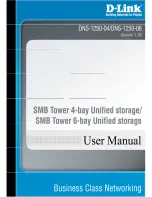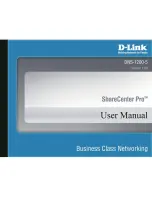
3Com Switch 8800 Configuration Guide
Chapter 38 MSTP Region-configuration
38-11
configuration BPDUs besides the first four items will make modifications according to
certain rules. The basic calculation process is described below:
In addition, with identical priority, the path cost of an aggregation port is smaller than
that of a non-aggregation port. Therefore, under identical root ID, path cost value and
designated switch ID, the switch will generally select the aggregation port as the root
port.
z
Configuration BPDU forwarding mechanism in STP:
Upon the initiation of the network, all the switches regard themselves as the roots.The
designated ports send the configuration BPDUs of local ports at a regular interval of
HelloTime. If it is the root port that receives the configuration BPDU, the switch will
enable a timer to time the configuration BPDU as well as increase MessageAge carried
in the configuration BPDU by certain rules. If a path goes wrong, the root port on this
path will not receive configuration BPDUs any more and the old configuration BPDUs
will be discarded due to timeout. Hence, recalculation of the spanning tree will be
initiated to generate a new path to replace the failed one and thus restore the network
connectivity.
However, the new configuration BPDU as now recalculated will not be propagated
throughout the network right away, so the old root ports and designated ports that have
not detected the topology change will still forward the data through the old path. If the
new root port and designated port begin to forward data immediately after they are
elected, an occasional loop may still occur. In STP, a transitional state mechanism is
thus adopted to ensure the new configuration BPDU has been propagated throughout
the network before the root port and designated port begin to send data again. That is,
the root port and designated port should undergo a transitional state for a period of
Forward Delay before they enter the forwarding state.
And thus, the packets of a VLAN will be forwarded along the following path: in the MST
region, the packets will be forwarded along the corresponding MSTI; among the
regions, the packets will be forwarded along the CST.
38.1.3 MSTP Implementation on the Switch
MSTP is compatible with STP and RSTP. The MSTP switch can recognize both the
STP and RSTP packets and calculate the spanning tree with them. Besides the basic
MSTP functions, the Switch 8800 also provides some features that are easy to manage
from users’ point of view. These features include root bridge hold, secondary root
bridge, ROOT protection, BPDU protection, loop protection, hot swapping of the
interface boards, master/slave switchover, and so on. Note that the spanning tree
needs to be calculated again when a master/slave switchover occurs.
















































